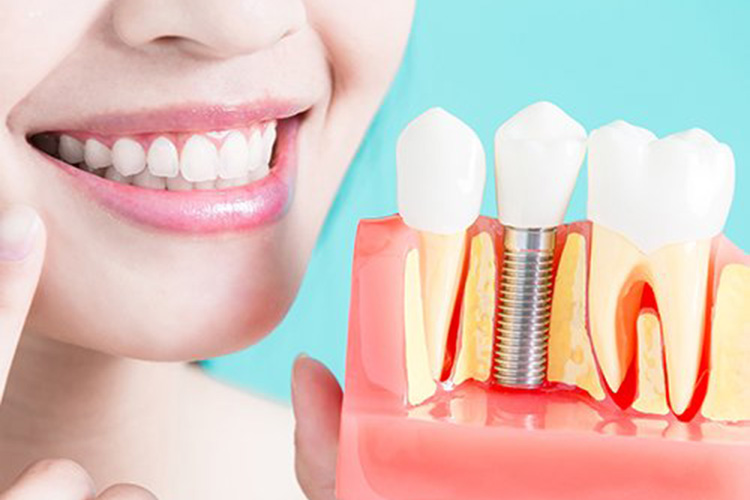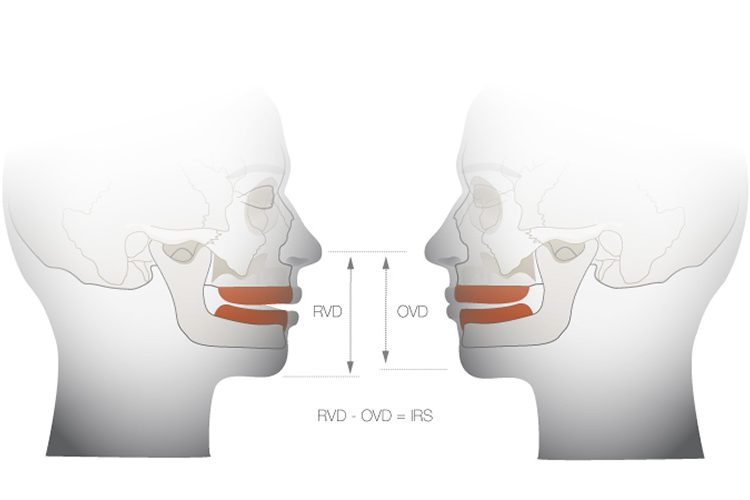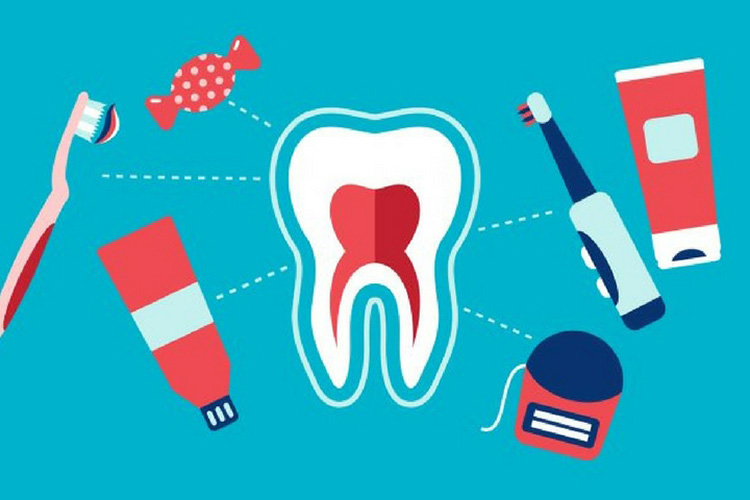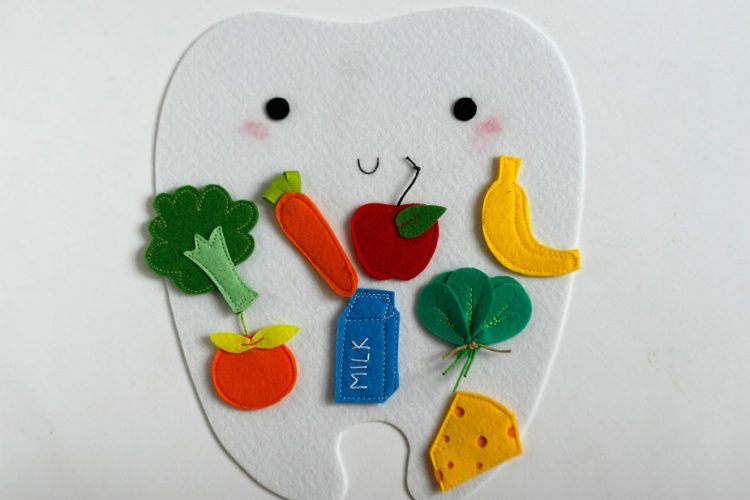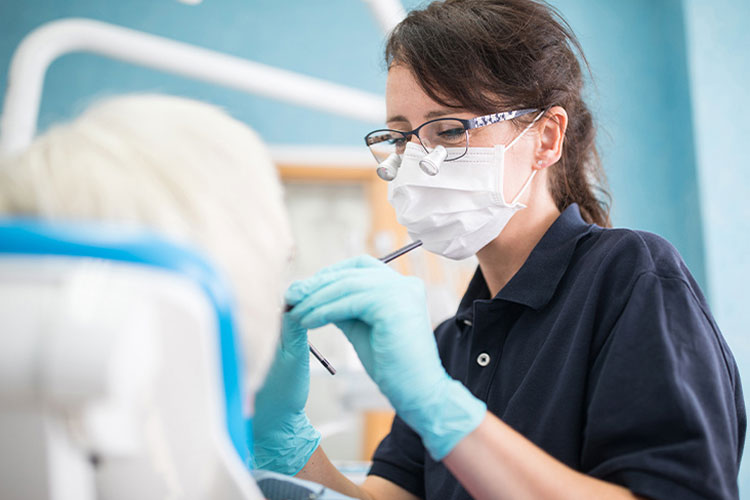Bite collapse is a dental circumstance distinguished by a change in the configuration of the patient’s facial features, teeth, and jaw function because of tooth loss or severe wearing down of the teeth. We also call it loss of vertical jaw dimension. St Lawrence Dentistry does treatments to open the bite back up to “restore
read more
Conversations about dental implants can sometimes start emotional for patients because they often discuss a tooth that needs removal. T he excellent news is St. Lawrence Dentistry has terrific options for replacing missing teeth. Patients want to know what implants are, how they work, and a realistic expectation of treatment timeline. So they are relieved
read more
You probably know many people who smoke are aware of some harmful effects. Smoking is widespread in society and has been part of human history for thousands of years. Although smoking’s history is abundant and embedded in many cultures, North America is at the point where it is finally on the decline. Part of the
read more
The lower jaw is a horseshoe-shaped bone balanced in space by two joints, which communicate in the skull’s related sockets. During aging, or in some cases following particular disturbing circumstances, the vertical association between the jaws diminishes, and an “over closed bite” is the outcome. There is a decrease in the “roof” of the mouth.
read more
The Cannabis Act came into effect on October 17, 2018, and now Canada is one of only a handful of nations to have lawful utilization of this medication. Therefore, regardless of whether you are newly using Cannabis or have taken it for some time, it is imperative to know how this now lawful medication can
read more
Do you have a tooth that has already had root canal treatment and is still having issues? This tooth may be a candidate for a root end procedure or apical surgery. St. Lawrence Dentistry has saved many teeth through this beneficial technique. Root end procedure is an umbrella term for three separate procedures done in
read more
Dental Care During Pregnancy Oral health can vary during pregnancy, and St. Lawrence Dentistry would like to help make this period as pleasant as possible. Generally, pregnant women often feel extra conscious about their physical well-being because they are aware the unborn child’s health depends on how she takes care of herself. During pregnancy, dental
read more
St Lawrence Dentistry wants achieving a beautiful smile through whitening to be enjoyable. However, whitening sensitivity can cause you to experience pain or discomfort during the whitening process. Dental grade bleaching agents work so well because they get deep into the tooth enamel to whiten and brighten better than products that sit on the teeth’
read more
One of St. Lawrence Dentistry’s key focus areas is jaw bone preservation and its rebuilding. You can lose bone in your mouth for a variety of reasons. The two most significant are bone loss due to tooth removal and gum disease (periodontal disease). The most critical items in Dr. Hawryluk’s bone-building armamentarium are “collagen membranes”
read more
St. Lawrence Dentistry feels prevention is crucial to excellent oral wellness. Tooth caries and gum infections are almost always avoidable. Some of the most valuable oral health services include fluoridated toothpaste, rinses, varnishes, and sealants. In addition, many Canadians have access to adequately fluoridated drinking water. Water fluoridation is proven to be effective and can
read more
St. Lawrence Dentistry offers several modern ways of treating dental cavities. However, it is, of course, better to try and prevent them in the first place. Food and drink modifications can help control the incidence of dental decay. For example, some foods prolong the teeth exposure to acids, and when you couple that with sugary
read more
Lichen planus is a condition that can attack the skin and oral-esophageal mucosal tissues. Frequently, it is seen exclusively in the mouth. Overall, lichen planus afflicts roughly 2% of the community. Although the ailment may happen in any age group, women above 50 years have a higher probability of contracting lichen planus. Cause The etiology
read more




